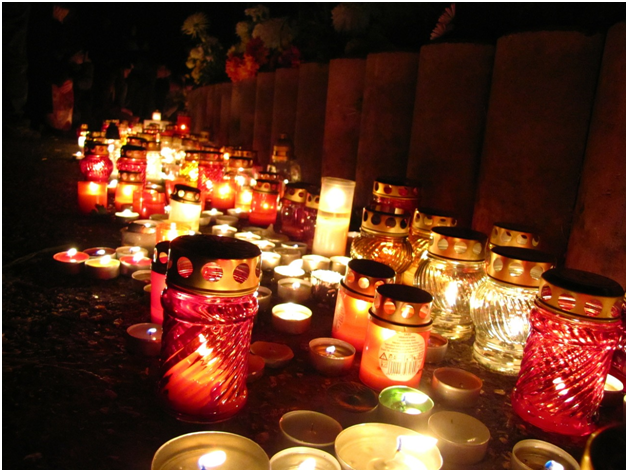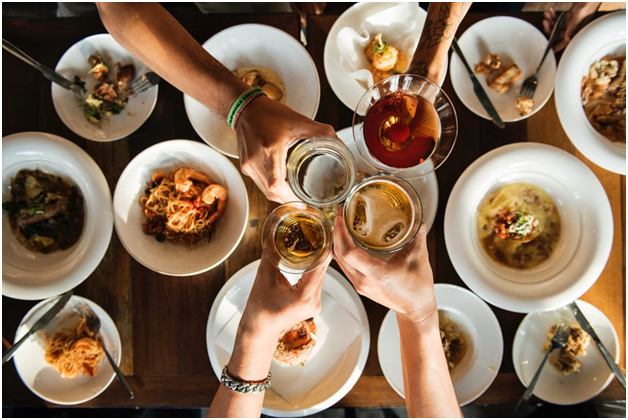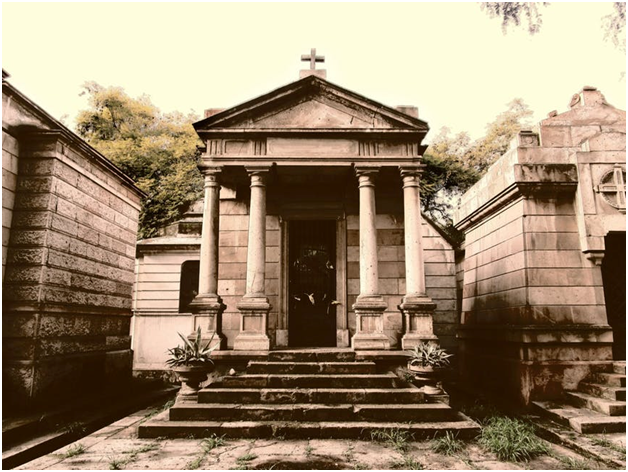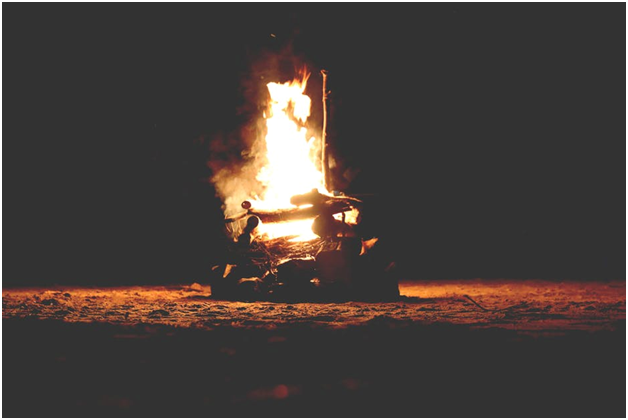Three Things: Literature, nature and everything in between.

All Saints’ Day, otherwise known as Undas, is just around the corner. It’s one of the busiest days in the calendar, where millions of Filipinos go back to their home provinces and flock to the cemeteries to gather at the graves of their deceased loved ones.
Both sides of my family, being Catholics, celebrate these two days nearly the same way despite being in different provinces. A week before the Day of the Dead, someone will go to the cemetery to spruce up the family grave and trim the overgrowth. The rest of the clan will visit on November 1, offering food (usually the deceased loved one’s favorite dish), flowers, candles, and prayers.
We’d stay there ‘till dark, form melted candle wax into colorful balls, and leave past dusk. Back home, there’s food and flowers on the altar. Driveways are lit with white candles to guide the souls in purgatory. The day is mostly solemn, but it’s never without merriment, music, and alcohol.
With the country being home to other religions and ethnicities, many Filipinos have their own way of honoring the dead.
1. Kalag-Kalag: Feast for the Ghostly Guests

When I celebrate Undas in Romblon, it’s always festive. A banquet will follow after the grave visitation. There would always be a jug of tuba (coconut wine) and a giant pot of kaldereta, my lolo’s favorites. An uncle will sing my lolo’s favorite song, Frank Sinatra’s “I Love You Baby,” with a rented karaoke.
This ritual, I’d found out later, is called “kalag-kalag,” which is also practiced in Cebu and many parts of Western Visayas. Apart from Christmas and the local fiesta, it’s one of those special days when my lola would slaughter a pig or goat as a way to remember our dearly departed with reverence.
2. The Chinese-Filipino Community

Chinese graveyards in the Philippines are some of the most lavish and elaborate. The graves of rich families look more like temples, complete with shrines, mausoleums, air-conditioned chapels, and well-appointed rooms for visitors. So you can expect the Chinese-Filipino community’s observance of All Saints’ Day and All Souls’ Day to be just as impressive.
The mausoleums of Chinese families would be filled with food offerings called “alay” to send good tidings to the departed. The Chinese believe that offering the dead food in the afterlife brings blessings to the offerer. Burnt money and lucky food offerings are also as common as prayers in the Catholic faith. Food offerings have their own special meanings, but the priority is still the deceased relative’s favorite.
3. Panag-Apoy in Sagada

Sagada is known for its cliff-side burial techniques and unique death rituals, some of which are still practiced by some minority groups. But the local villagers, most of which are baptized into the Episcopal Church of the Philippines, commemorate their dead loved ones with fire. The town cemetery, a short but steep and chilly walk from the Church of St. Mary the Virgin, would light up as families gather at their deceased loved ones’ tombs.
The cemetery looks just like most Christian cemeteries, except the visitors burn old pinewood or saeng instead of candles. You can see the smoke from the bonfires blend with the mist.
Panag-apoy, taken from the Kakanaey language that means to “light a fire,” has echoes of old Igorot traditions, and the locals call on tourists and agencies to treat the event with respect. There have been a few travel agencies that market the tradition as a festival. The locals, however, reiterate that it’s not a festival, but a practice observed with solemnity.
It’s a relief to know that in many parts of the Philippines, All Saints’ Day and All Souls’ Day are still about remembrance and respect. Our rich traditions are still not eclipsed by the celebratory and heavily commercialized Halloween.
What's Your Reaction?
Three Things: Literature, nature and everything in between.

